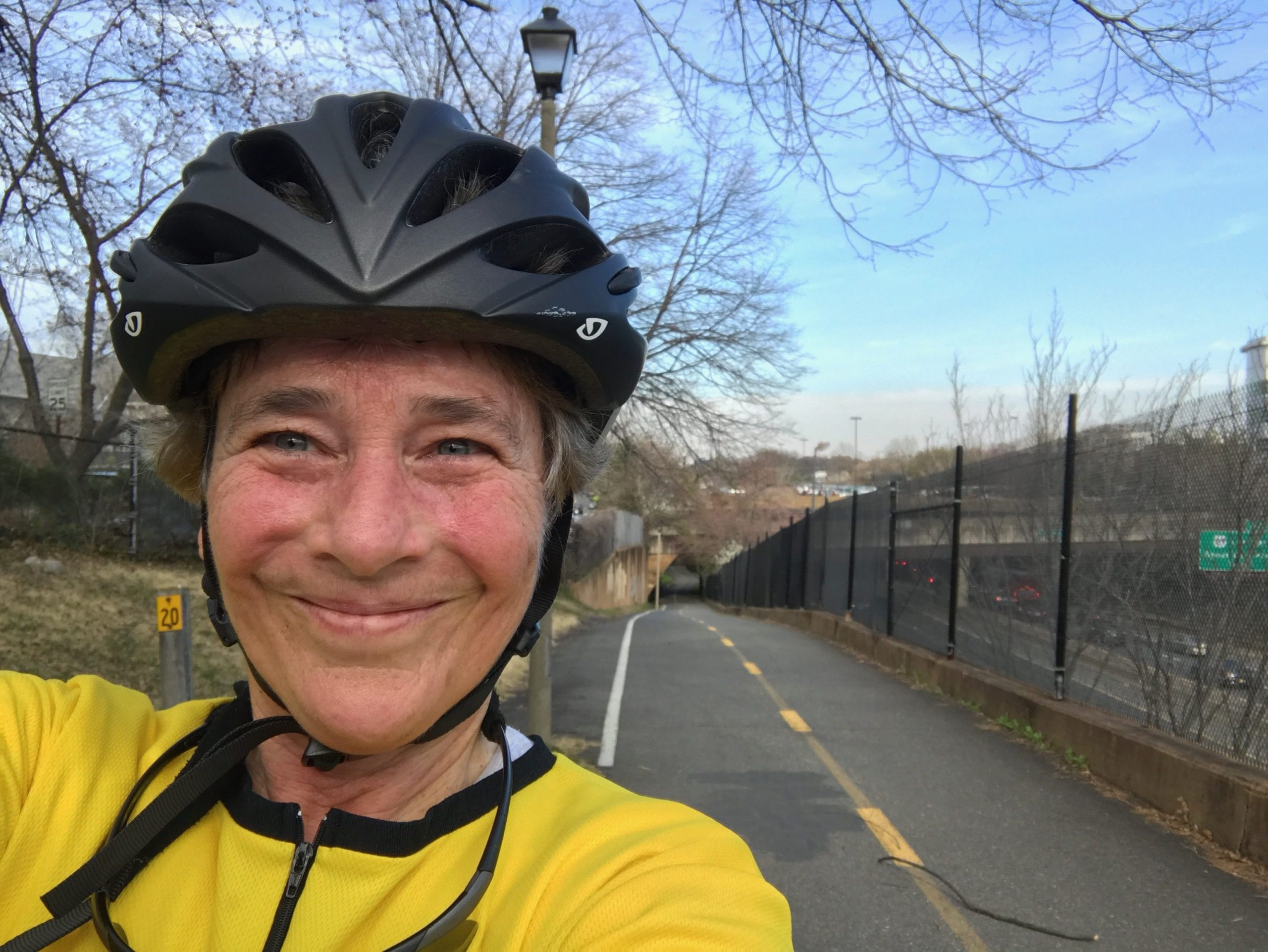A Passion for Pie
Next week, The Reis Group will temporarily trade PR for pastry-making when our staffers prepare their entries for the Great 2019 Pie-Off! This time-honored annual team tradition requires creativity and flair in the kitchen for us to master recipes that can stand out among a group of up to 10 pies, prepared by our highly competitive staff. On the flip side, our digestive fortitude also will be put to the test as we sacrifice our waistlines and taste each and every pie in search of this year’s winning entry.
This competition is serious stuff around our Dupont Circle office. To prepare for this year’s Pie-Off, we caught up with TRG master pie-maker, Stephanie Wight. In her seven years with the team, Steph has been recognized for her prize-winning pastry creations four times!
Q. How many of your pies have been honored in the Pie-Off?
A. I had to go back to my Instagram archive for this one. The first time I won was in 2014 with a blueberry custard pie. Then in 2015 I earned second place with a Smore’s Brownie pie. In 2016, I won with a Pear Ginger pie, and then last year I went from sweet to savory and won top prize with a Sausage, Apple and Sage pie. Important to note that all these winners were judged primarily for taste, not for appearance. I’m definitely not a visual artist when it comes to my baking.
Q. What’s your most memorable pie?
A. The Blueberry Custard became a fan favorite among my friends and family. And then the Pear Ginger was a unique combination that turned out great. I attempted artistry by braiding the crust – and it actually turned out pretty well, which was a miracle!
Q. What do you look for in a recipe to make these delicious creations?
A. I look for an element of surprise. Everyone loves traditional pies, but you need to have some kind of an edge to stand out. This year will be interesting because I’ve heard lots of buzz about savory pies, which have won the past two years (shout out to Tamara Moore’s meat pie in 2018—that was amazing!) So, this year, we might have an even mix of sweet and savory, making the selection process even more difficult!
Q. Do you have any baking memories from childhood that have instilled this skill or passion?
A. My first Reis Group Pie-Off in 2014 was the first time I ever baked a pie! Although I do have fun memories from childhood helping my mom bake cookies and cakes. My grandma always brings pies for Thanksgiving, but for the past few years my Pie-Off winners have shared the Thanksgiving table with hers. The S’mores pie is another family favorite!
Q. What’s your Pie-Off routine?
A. First, I search Pinterest and some cooking magazines to select a pie…. then, I make sure to plan lots of free time on the Sunday before the contest to bake. Since I’m not the most experienced baker, I read through recipes during the selection process to make sure they aren’t too complex. I also have always gone with either store-bought crust, or crusts that are easier to make like graham cracker crust or even better—Nilla wafer crust! If I’m going with a fruit pie, I make sure to buy ingredients in advance, to get the optimal degree of ripeness.
Q. Do you have any Pie-Off advisors?
A. Well, my boyfriend, Mick, otherwise known as Chef Micky B, is a very good cook. His stepfather is a long-time chef in South Florida, so Mick grew up learning from the best. However, he doesn’t know much about baking, so the baking tips from my mom have been the only cooking lessons I’ve been able to share with him. He will definitely be involved in the selection process for my pie and he’ll be around for any emergencies while baking.
So, I’m getting ready for a great time next week with my creative colleagues—and then I’ll be heading to the gym to work it off—and then start thinking about my 2020 recipe!



